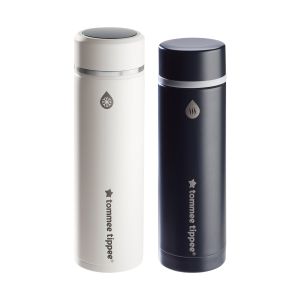
This is a demo store. No orders will be fulfilled.
Subscription orders can be cancelled at anytime. Free delivery on all subsequent subscription orders. Find out more about subscriptions.
They’re easy and fuss free
Your products are automatically sent to you
You save up to 10% when you sign up for a subscription
You can cancel at any time
Babies may be small, but they often come with a lot of mess! To help you out, we���re going to try and reduce some of the stress of laundry time by explaining how to wash your baby���s clothes.
It���s a good idea to wash your baby���s clothes and anything that will touch their skin (like bedding, blankets, towels, and soft toys) before they���re worn or used, whether they���ve been bought brand-new, as a gift, or second-hand. This is because clothes can easily pick up germs, dust and dirt that could irritate your baby���s delicate skin on their way to your home.
This choice is down to your personal preference! All good-quality brand detergents are tested thoroughly and safe to use when washing baby clothes.
Some parents may have concerns about biological detergents because they contain stain-removing enzymes that could be irritating to skin. If this is the case, you can choose to use a non-biological detergent.
If your baby has eczema or another skin condition that causes irritation and sensitivity, it can help to choose a detergent that's hypoallergenic and free from dyes and fragrances.
As we���ve said previously, you should always check the care label on your baby���s clothes to know what temperature to wash them at. That said, most baby clothes (aside from dirty fabric nappies) can be washed at 30��C or 40��C.
This temperature range is hot enough to remove any lingering dust or dirt and is also more eco-friendly than higher temperature settings.
Reusable nappies should be washed separately from other items at a higher temperature (around 60��C). This is to make sure that all bacteria and germs are removed.
When washing reusable nappies, it���s best to use gentle non-bio detergent and avoid fabric softener. This can affect the absorbency of your nappies, and nobody wants that!